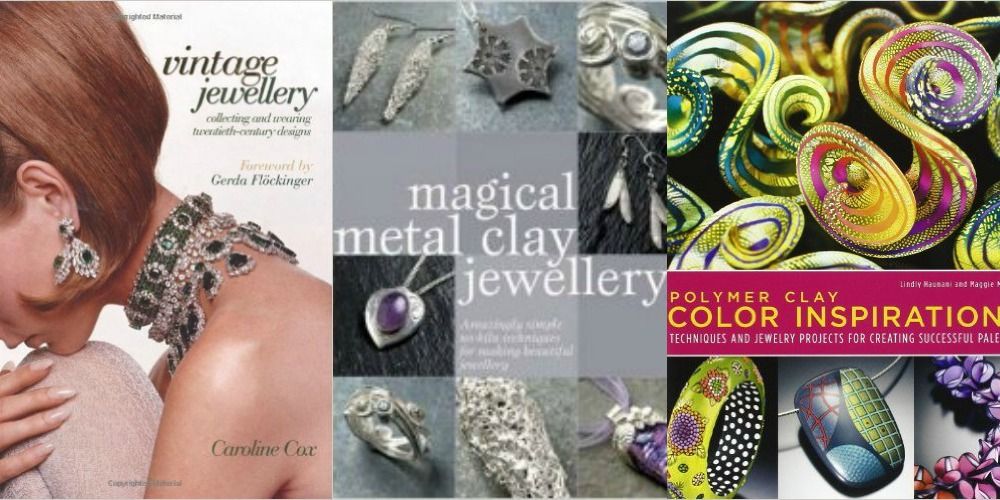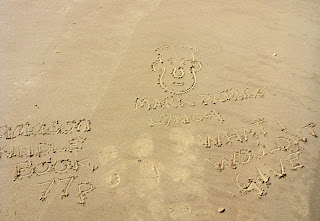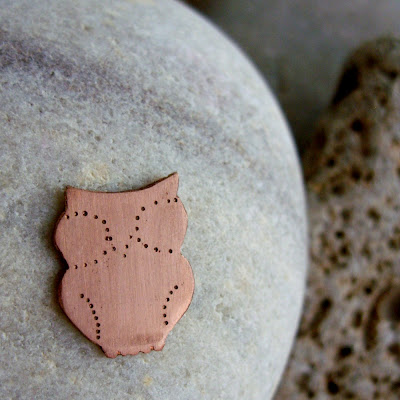Previously I've covered some of the
basics of photographing jewellery, and
how to light shots. This time I'm going to look at how
location choice can save you work and time, and how creating
themes for your jewellery can improve the look of the final images.
Location, location, location
A perfectly crafted piece of jewellery deserves to look its best, and so the setting up of photos is a crucial part of the process. Once you have found how to design your photos in a way that you’re happy with, then you’re well on your way to having a photography process or workflow which will enable you to whizz through jewellery photo sessions.
First, try and find
a suitable place to take your photos. If you’re lucky enough to be able to leave your photography set-up in place then I envy you! Chances are you’ll need to have somewhere to store all the different elements you’ll need for each session, so try and keep them together and close to the place you’ll take your photos.
Of course, these are hints designed to make things a little easier, and most definitely not rules. If you fancy using a different spot each time you take photos then go right ahead. However, if you prefer to use one particular location then spend some time taking photos in a variety of places, for example on a well-lit table or, my personal favourite, on a window sill, until you find the best situation for you. Some people take photos outside and that can work well if you can rely on it not raining (not so tricky in the UK for much of the year ...).
Dream on a theme
Creating themes for your photographs is an ideal way of also creating
continuity in your work, and a
unified look for your shopfront and gallery images.
Theming your photos can be simple or complicated. I try to keep it simple by often positioning my jewellery on one or more large
stones. (I have a small collection, created for this purpose.) Their rough surface
contrasts with the shine of the silver, and I like the subtle colours that (I hope) don’t detract from the jewellery. My
theme is the difference of unrefined natural stone with the refined silver and gemstones I use. This reflects some of the natural and organic aspects I try and integrate into my work.
I also use
wood as a prop and find, again, the contrast between natural and polished surface a good contrast (see image further down page).
Some craftspeople create collections of jewellery and style
themes for each collection. For example, I often use hearts in my work, and so I could, if I chose, photograph all my heart inspired jewellery on a red background, to indicate love and romance. I also create quite a few leaf designs, and so I could chose to always photograph these on the open pages of a vintage book on nature.
However, I chose not to do this for reasons of simplicity but it is a valid choice to make, and many people use the idea of theming their work to add interest to their photographs, and to create a brand identity. But that’s getting into the field of marketing and we’re just dealing with photography here.
Another alternative is to
let your imagination run riot with each individual piece of jewellery you create, especially if you’re creating highly detailed and intricate works of art. If something has taken you many hours to make then don’t let it down at the last by failing to invest time and imagination into the presentation. A careful photographic study of a piece of jewellery can only enhance it.
Backgrounds
Often the simplest background is best, and the simplest choice for jewellery is a
white background. This can be card or paper, or even cloth (although beware of tiny fabric threads on your work when taking close-up shots).
From personal experience I've found that
black is a poor choice for a background colour. I experimented with this once and the high shine of the silver blurred against the black, and even seemed to bleed onto it. It was a disaster.
 |
| Silver photographed on a black background. Not good. |
 |
| Silver photographed on stone. Rather better. |
I sometimes see black backgrounds used in professional photo shoots for
jewellery, but I think it takes far more equipment and know-how to make
that type of high contrast photography work than I possess of either. My
advice is, if you're looking to keep things
simple, to steer clear of
black backgrounds.
Following on from the principal of theming your photos, it can also be effective to be
adventurous when choosing a background to place your work on. I use stones, as I’ve said, but some people use slate, leaves, or other natural items that contain texture. I've used pine cones on occasion, quite successfully, I felt.
Another popular trend, which I think works very well, is to use a
book, either its cover or internal pages. Vintage books seem to work best, perhaps because of the
texture they tend to have, and the contrast between that surface and the finish of the polished or highly-worked jewellery.
A
jewellery box can be a wonderful prop, giving perhaps a vintage feel or a modern one. Make it clear in your description it’s not included in the price! And ensure it doesn’t detract from the jewellery by dominating the image. Chose large props with care.
Paying attention to the background is very important, whatever you decide to include in it.
The background will always have an impact on the foreground. Either chose to make the background invisible (i.e. white), or decide on something bolder. But make the decision work for you by choosing carefully, and using with good lighting and deliberate focus on the jewellery itself.
 |
| Wood works (as a prop) |
Sell your props!
Props don’t have to be purely aesthetic. Whilst it may be distracting and confusing to use other pieces of jewellery (although, for example, showing earrings that match a necklace, or vice versa, can be useful, especially if the other item is also for sale), as long as your prop enhances the overall image, then it can be interesting for the potential buyer to see, for example, the box that your jewellery will be packaged in. Including this as a prop to support your jewellery on, perhaps just in one of your photos, is a nice touch that inspires
confidence in the overall buying experience.
Thanks for reading.
Next time, I shall dwell a little longer on how to style jewellery, and will also look at where to find inspiration, and how to create a simple workflow to make photographing jewellery less time consuming.
~~~~
Do check out my other posts with ideas and hints on how to photograph jewellery -
Part One on cameras and close-ups
Part Two on focus and lighting
Part Four on styling and inspiration
Also, keep a look out for my forthcoming ebook covering in far more depth how to photograph handcrafted jewellery.








































